Old Towns
Pienza
PIENZA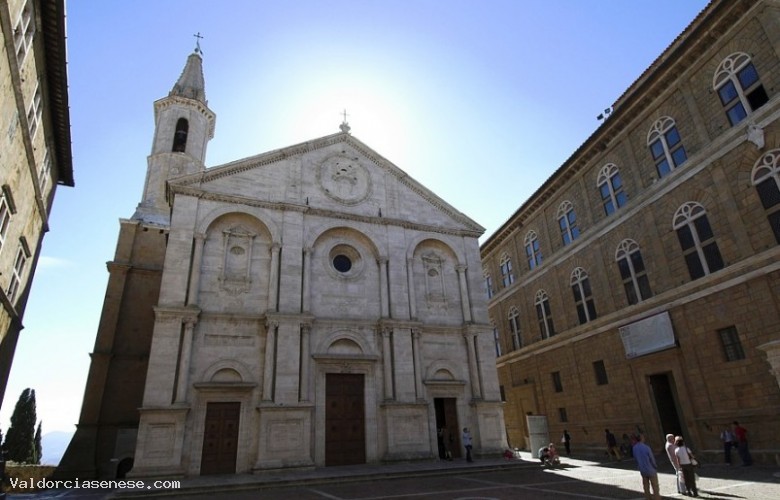
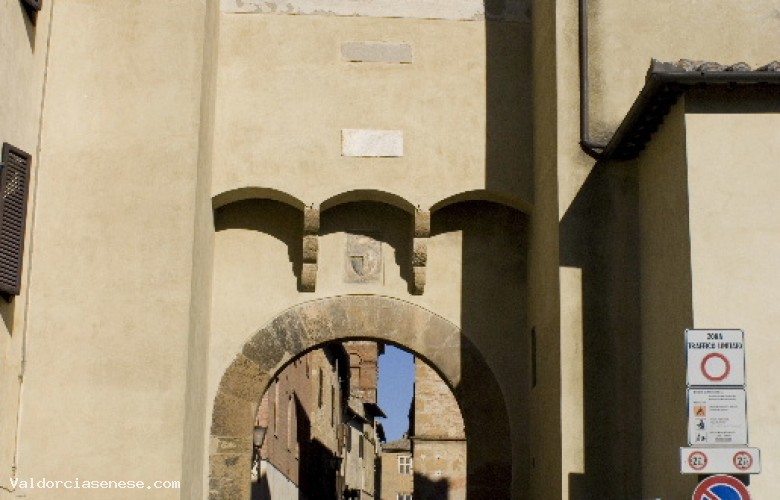
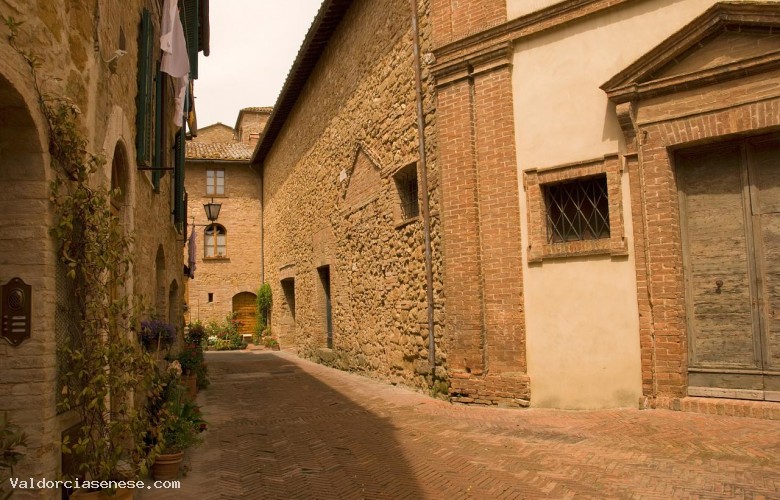
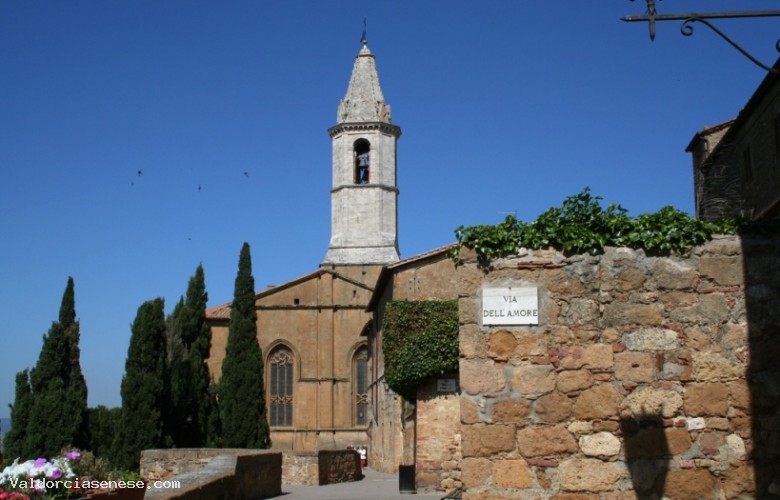
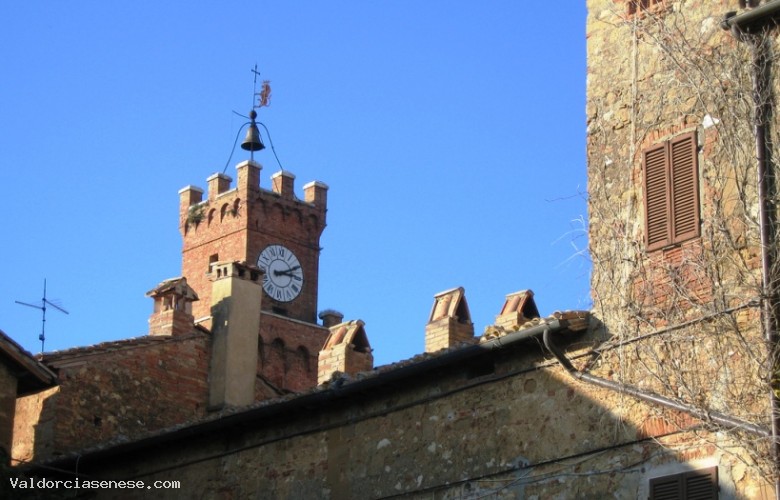
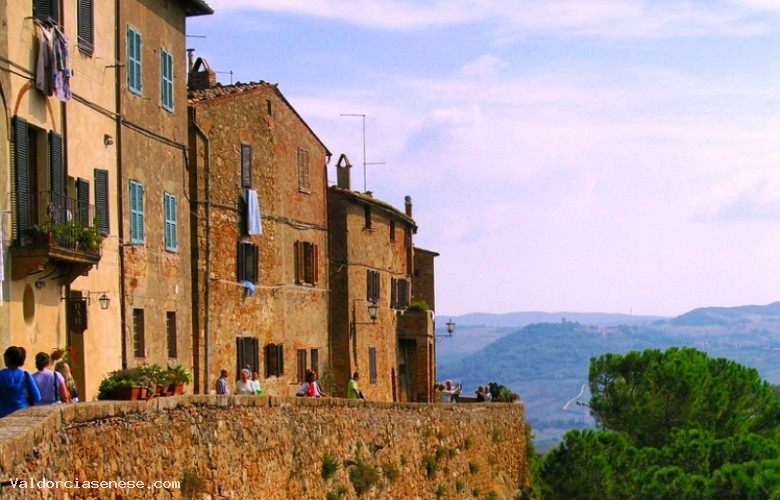
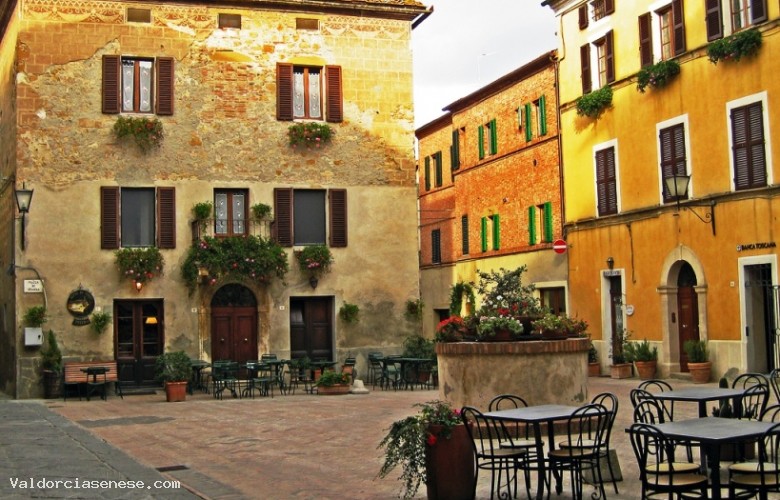
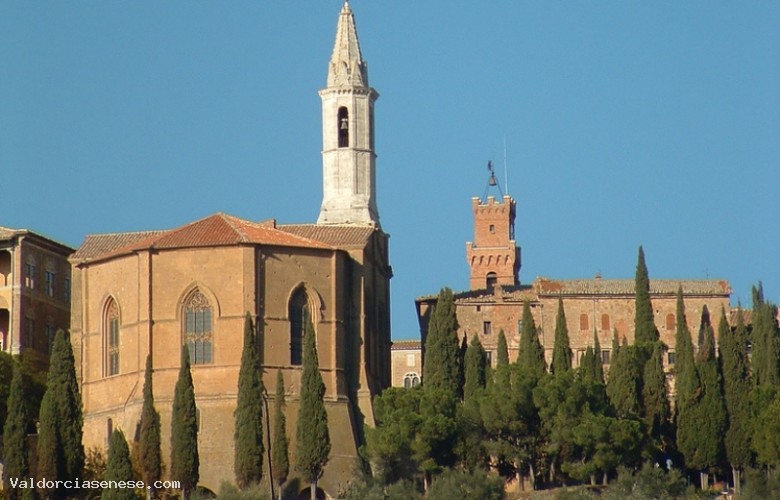
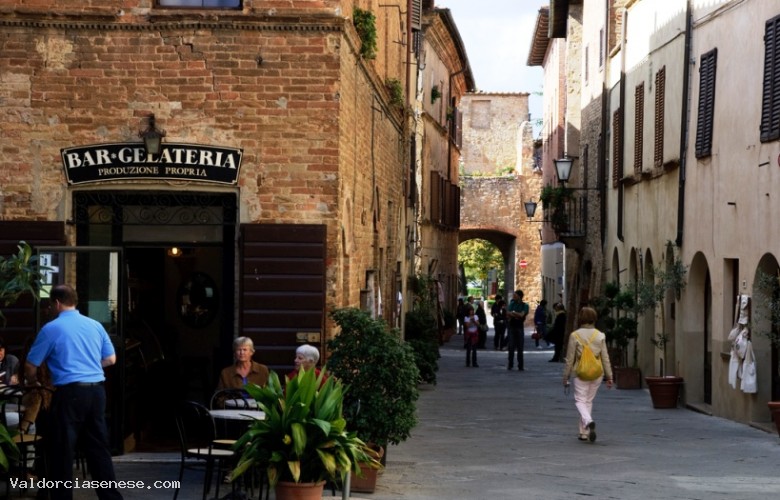
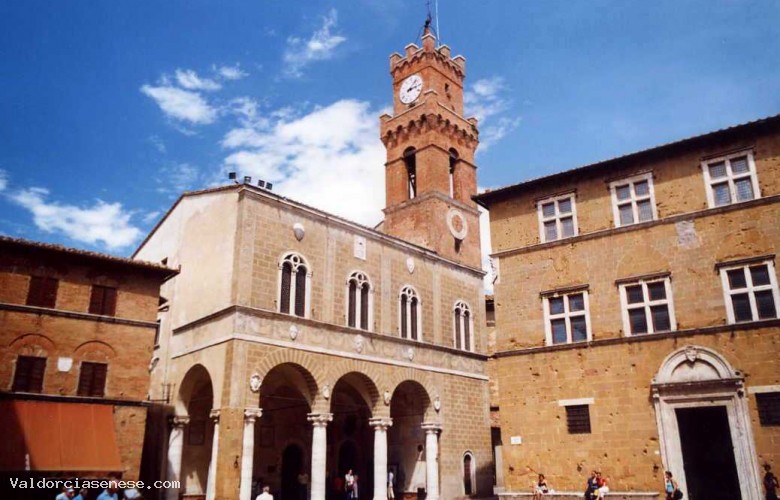
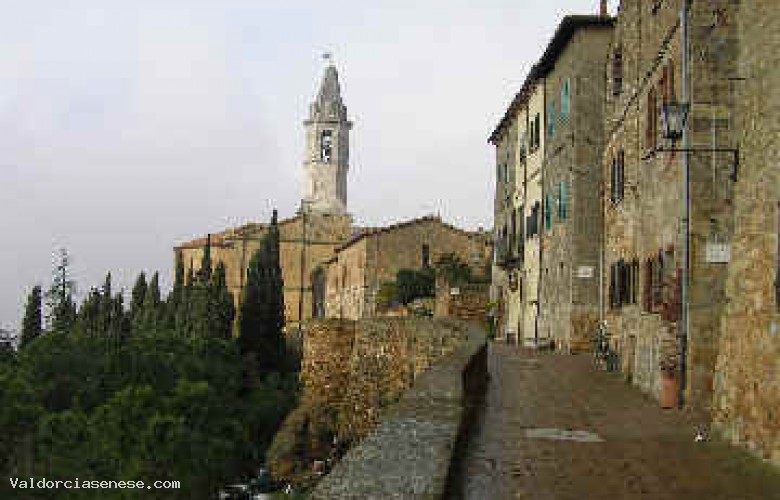
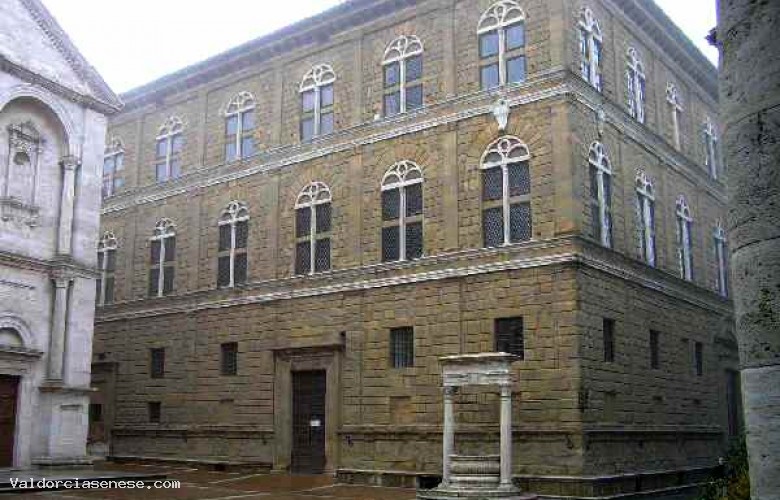
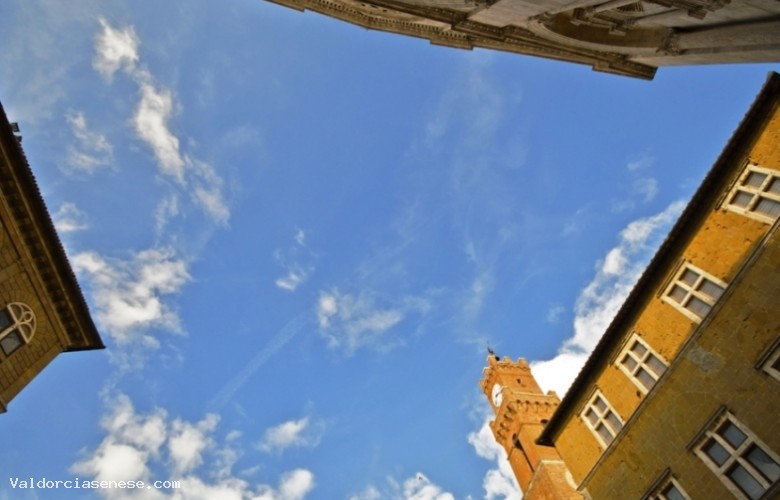
The history of Pienza, unlike that of the near Commune, it is not characterized by long periods of medieval events or wars. The city in fact was a small village until 1462, known with the name of Corsignano. The event which changed the fate of Pienza was the birth, in 1405, of Enea Silvio Piccolomini, who 53 years later became Pope Pio II. Exactly, a travel of the Pope in Mantova, brought him to go through his birthplace and the deterioration which found here, brought him to build the construction over the ancient village: this construction lasted about four years and brought to the light an harmonious village with typical fifteenth-century shapes. The untimely death of Pio II interrupted also the history of the commune which since then has remained almost the same. Pienza is among the cities which are decorated with the Silver Medal to the Military Value for the sacrifices of its populations and its activity during the partisan warfare in the second World War. For the beauty of its Renaissance historic centre, in 1996 Pienza has become one of the natural, artistic and cultural heritages of the UNESCO, followed in 2004 by the Val d’Orcia in which it rises.The history of Pienza, unlike that of the near Commune, it is not characterized by long periods of medieval events or wars. The city in fact was a small village until 1462, known with the name of Corsignano. The event which changed the fate of Pienza was the birth, in 1405, of Enea Silvio Piccolomini, who 53 years later became Pope Pio II. Exactly, a travel of the Pope in Mantova, brought him to go through his birthplace and the deterioration which found here, brought him to build the construction over the ancient village: this construction lasted about four years and brought to the light an harmonious village with typical fifteenth-century shapes. The untimely death of Pio II interrupted also the history of the commune which since then has remained almost the same. Pienza is among the cities which are decorated with the Silver Medal to the Military Value for the sacrifices of its populations and its activity during the partisan warfare in the second World War. For the beauty of its Renaissance historic centre, in 1996 Pienza has become one of the natural, artistic and cultural heritages of the UNESCO, followed in 2004 by the Val d’Orcia in which it rises.